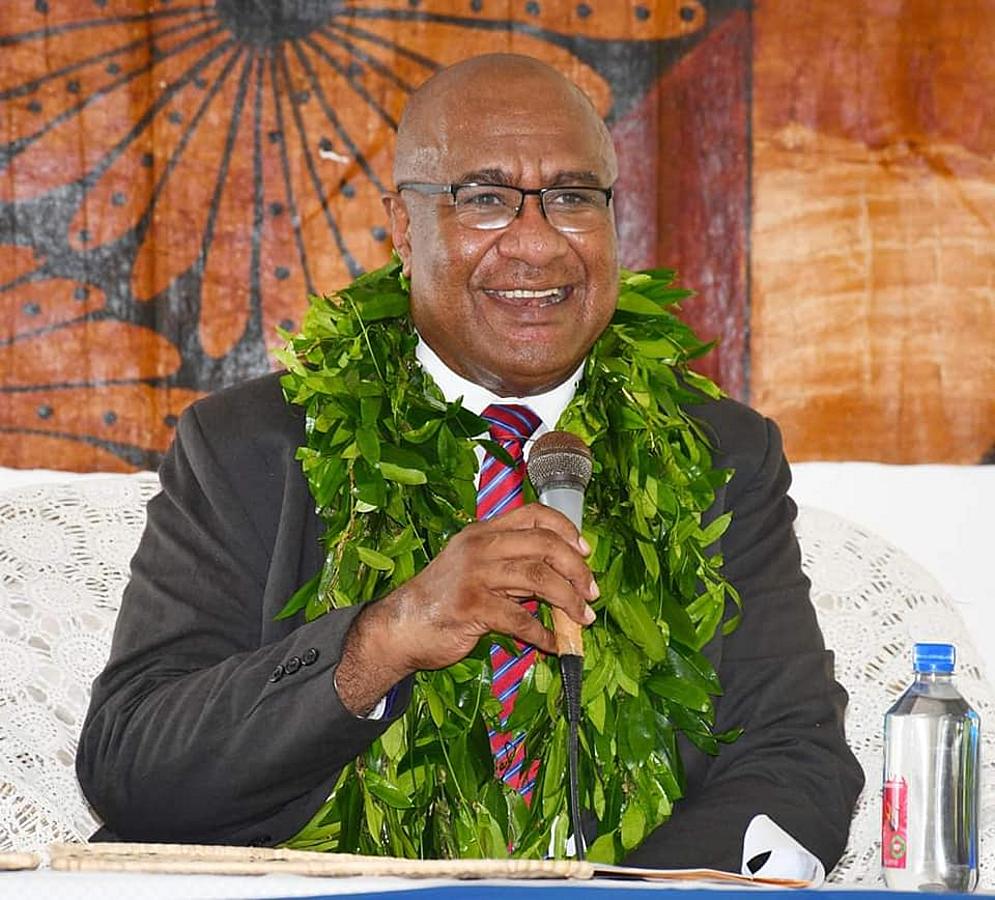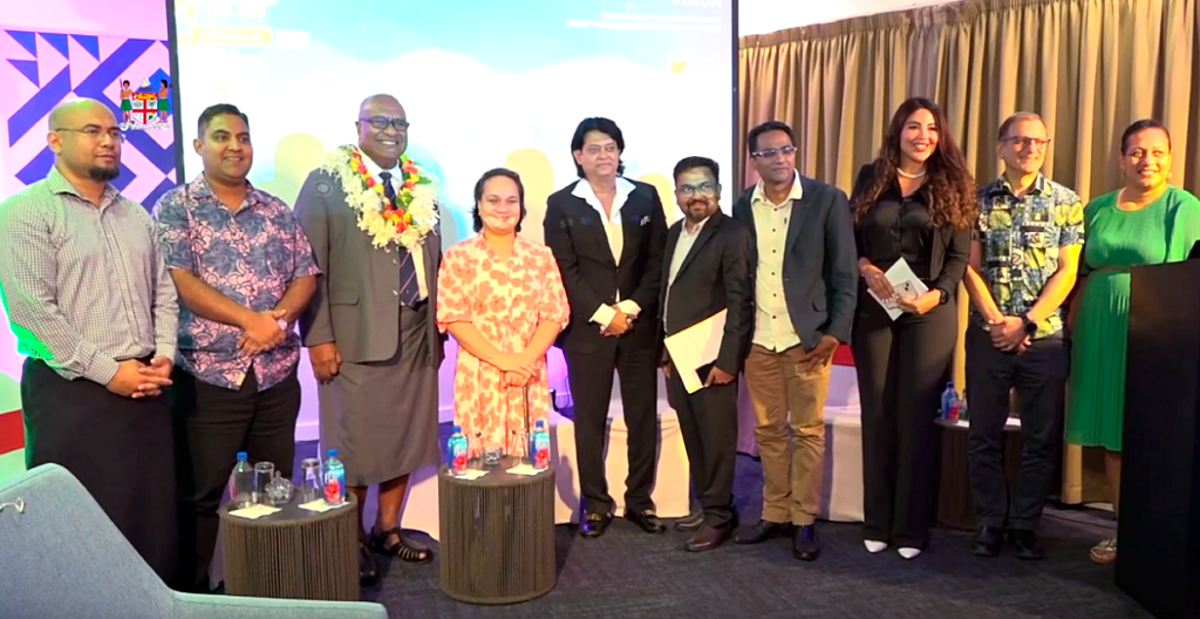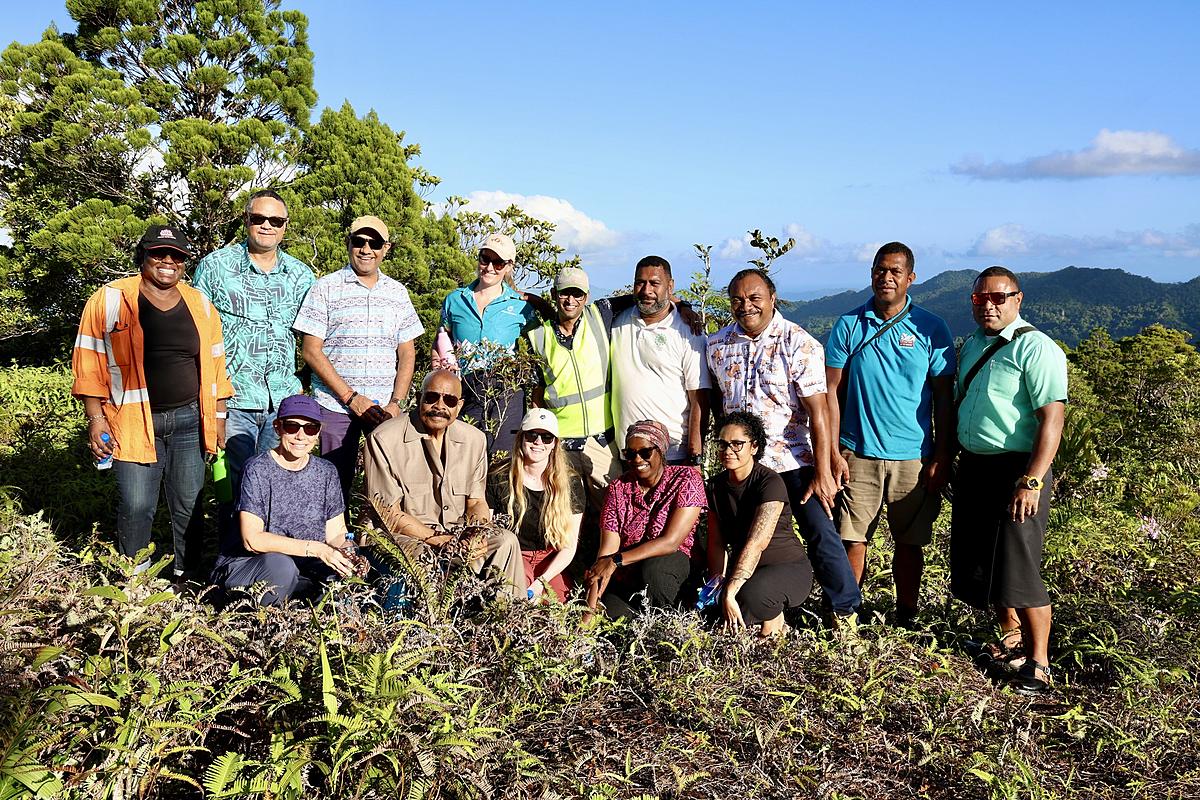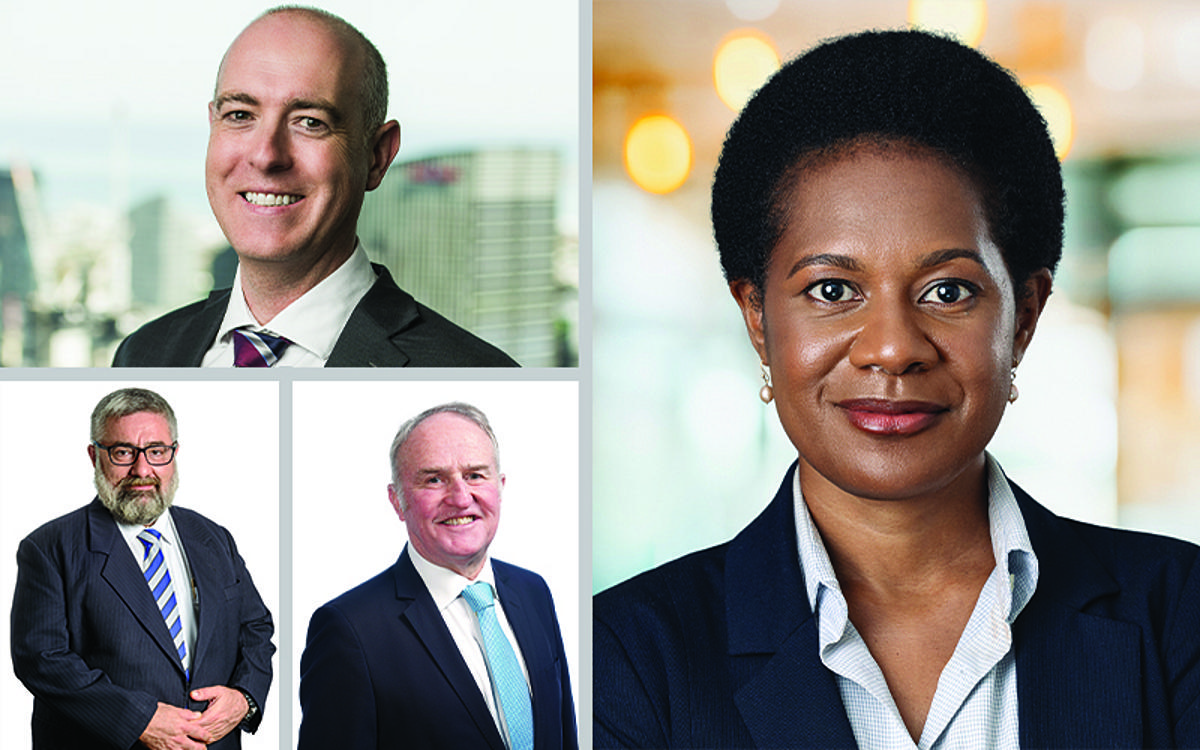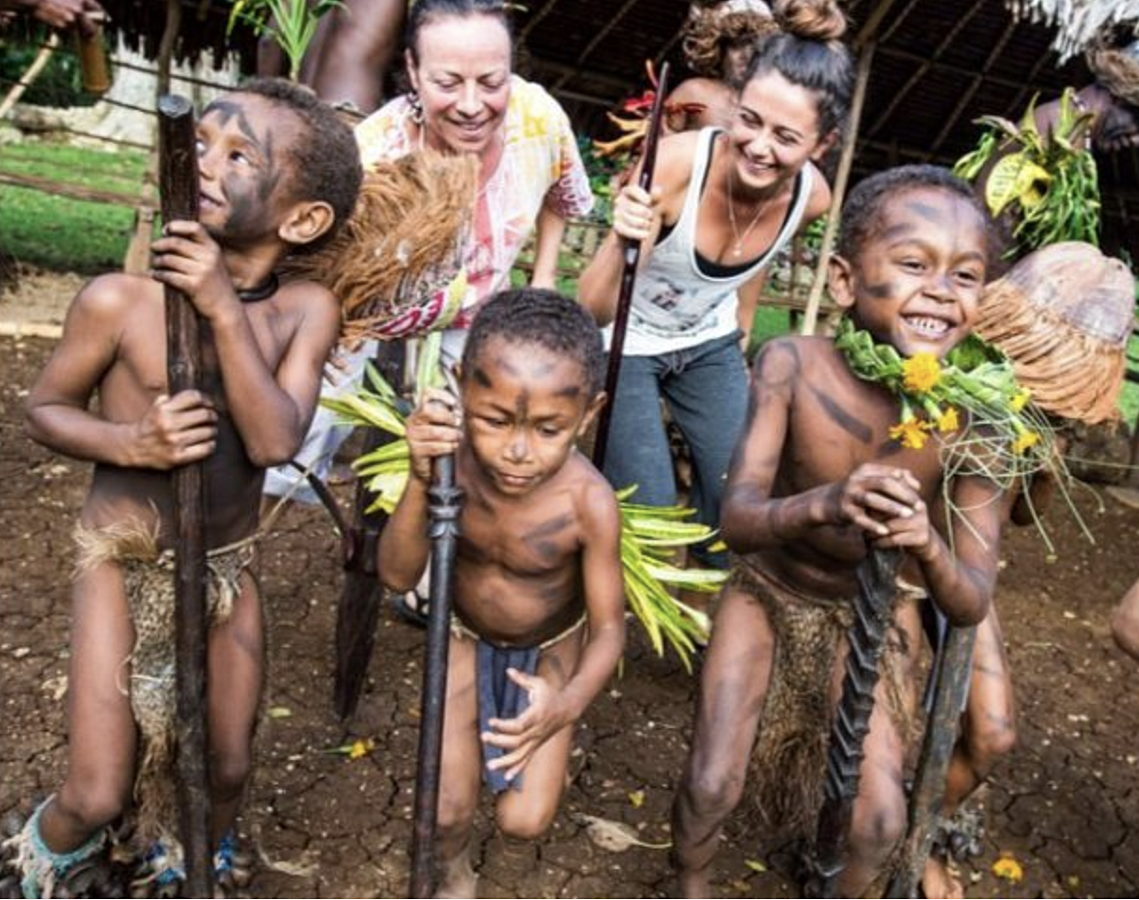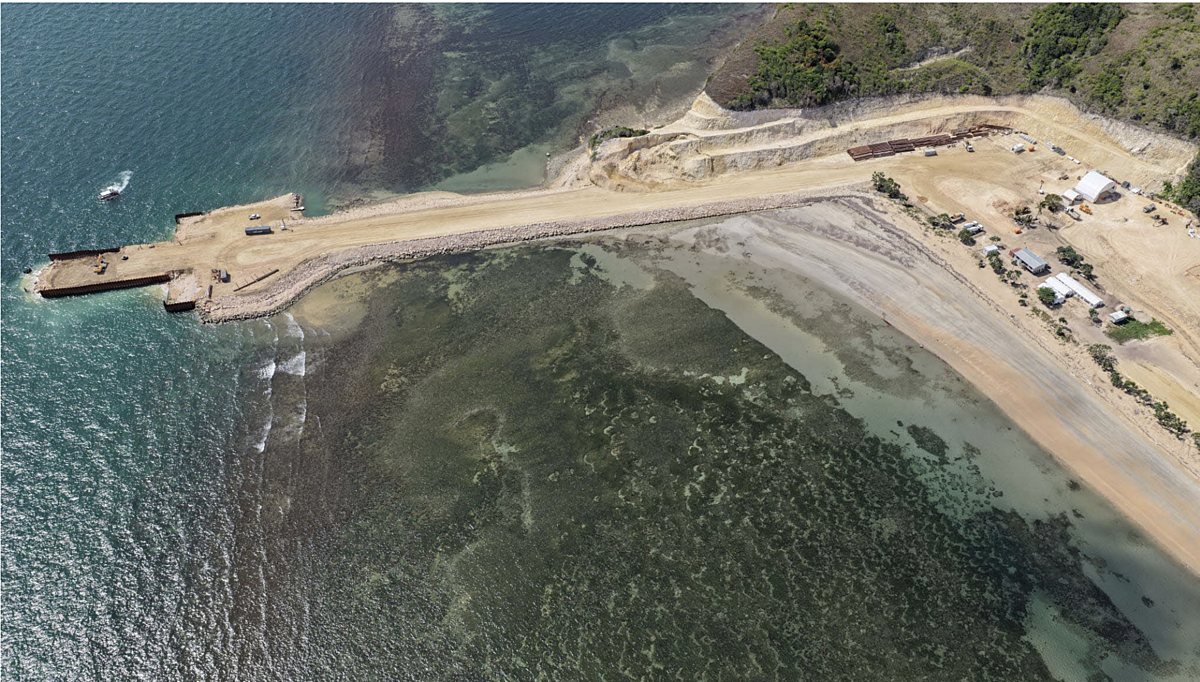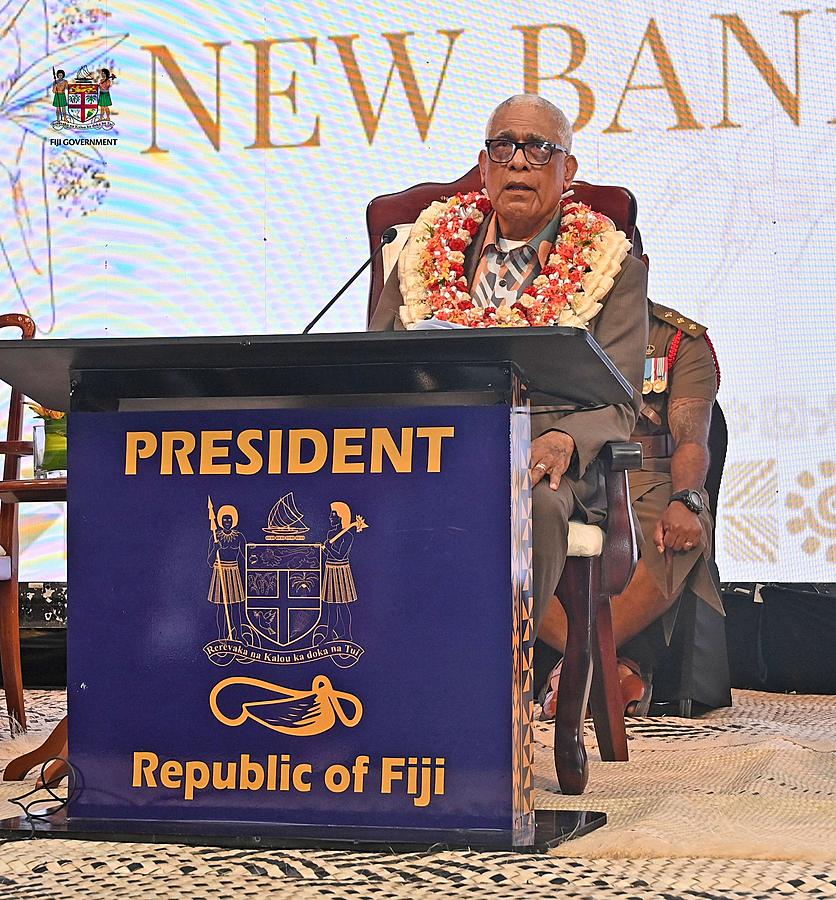Fiji’s digital journey is set to accelerate as the government launches a phased rollout of 5G technology, starting this year in the nation’s busiest cities before extending to rural and maritime communities.
Deputy Prime Minister and Minister for Communications Manoa Kamikamica unveiled the Cabinet-endorsed 5G Spectrum Assignment and Rollout Strategy in Parliament, vowing that no Fijian will be left behind in the push for faster and more reliable mobile internet.
“The 5G structure requires infrastructure. This means fibre backhaul, three-phase power and modernised core networks,” he said. “In areas where 5G is not feasible yet, we’re prioritising infrastructure upgrades so every Fijian, regardless of location, has access to meaningful internet.”
The strategy will unfold in three phases over four years. Phase One (2025–2026) will focus on economic and tourism hubs—Suva, Nadi, Lautoka and Denarau—ensuring that businesses, emergency services and tourism operators can immediately access high-speed 5G networks. Phase Two (2026–2027) will extend coverage to Nasinu, Lami, Labasa and Savusavu, with an emphasis on supporting development in the Northern Division. By 2028, Nausori, Sigatoka, Navua, Ba, Tavua, Rakiraki, Korovou and Taveuni are expected to come online, with targeted investment to strengthen connectivity on Taveuni.
Operators licensed to deliver 5G will pay a base price of $2.92 million per 100 MHz block, but the government has adopted a commitment-based pricing model to encourage broader coverage. Companies rolling out services in remote and underserved areas between 2025 and 2028 will qualify for a coverage-based discount. Flexible payment terms allow 60 percent of the cost—after discounts—to be paid upfront, with the remainder spread over time. Performance-based incentives are also on the table.
Revenue from the spectrum assignment will be channelled into public services and digital equity: 50 percent to the Government Consolidated Fund, 30 percent to the Universal Service Obligation Fund to improve access in remote areas, and 20 percent to the Telecommunications Development Trust Fund to grow Fiji’s digital economy.
“This plan is not just about speed. It’s about making sure our farmers, our students, our health centres and our remote island communities can all benefit from the same opportunities,” Mr Kamikamica said.
The 5G rollout is expected to transform sectors from e-health to remote education. Faster, more reliable connections will enable telemedicine, real-time virtual classrooms, smart logistics and Internet of Things deployments in agriculture and utilities. Businesses across Fiji stand to modernise operations, expand market reach and deliver digital services at scale.
Still, challenges remain. Infrastructure upgrades demand significant investment in towers, small cells and backhaul connectivity. Policymakers must balance rollout speed with affordability and coverage while addressing technical concerns such as electromagnetic safety and signal interference. Digital literacy programmes may also be needed to help households and enterprises make the most of the new technology.
By giving the green light to 5G, Fiji is signalling its intent to embrace the next generation of telecommunications infrastructure, positioning itself as a technology leader in the Pacific. As the first connections go live in 2025, the nation’s path to becoming a fully connected digital society will begin—one tower, one town and one village at a time.

